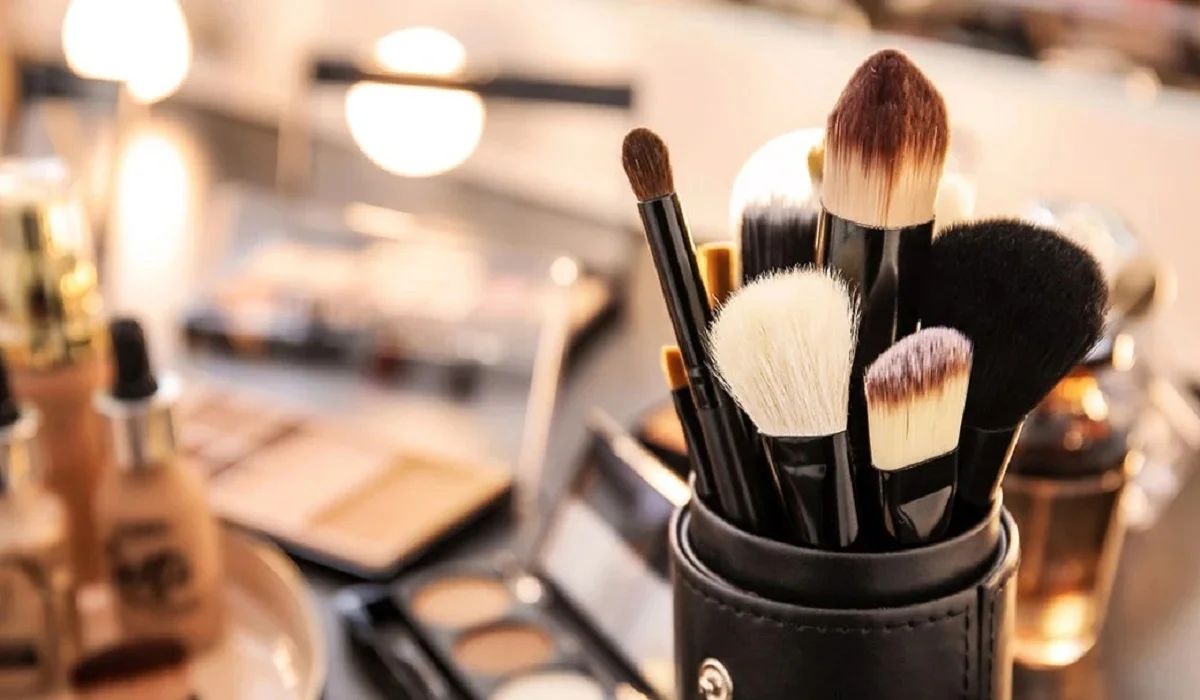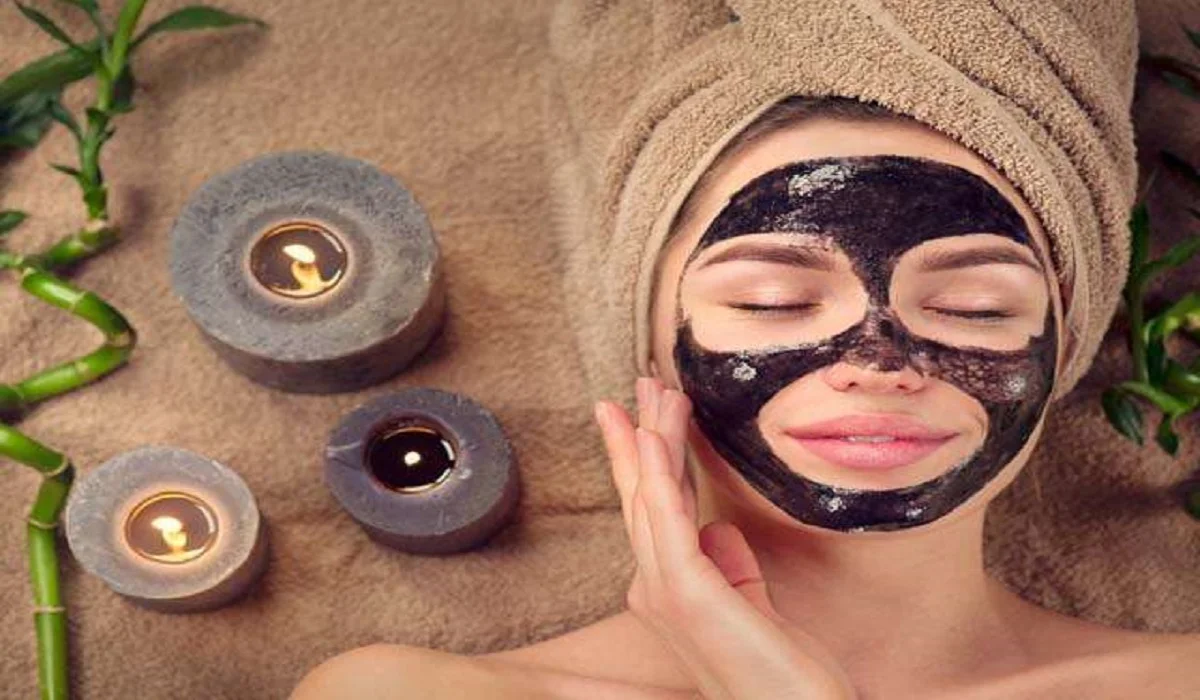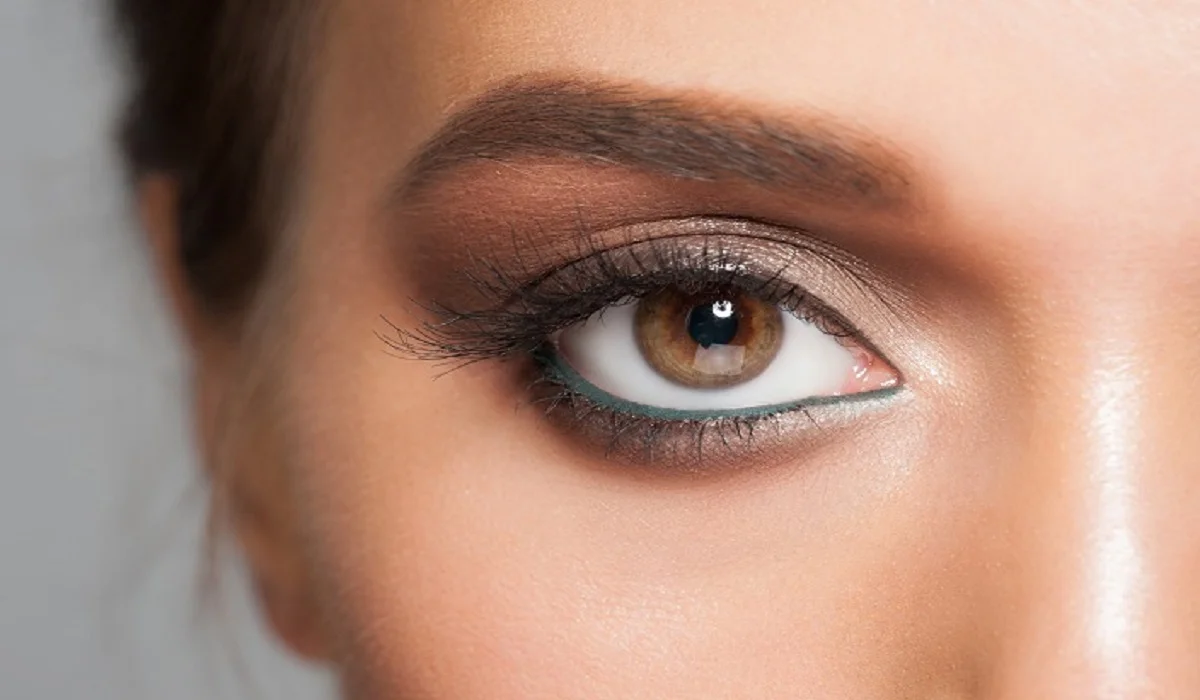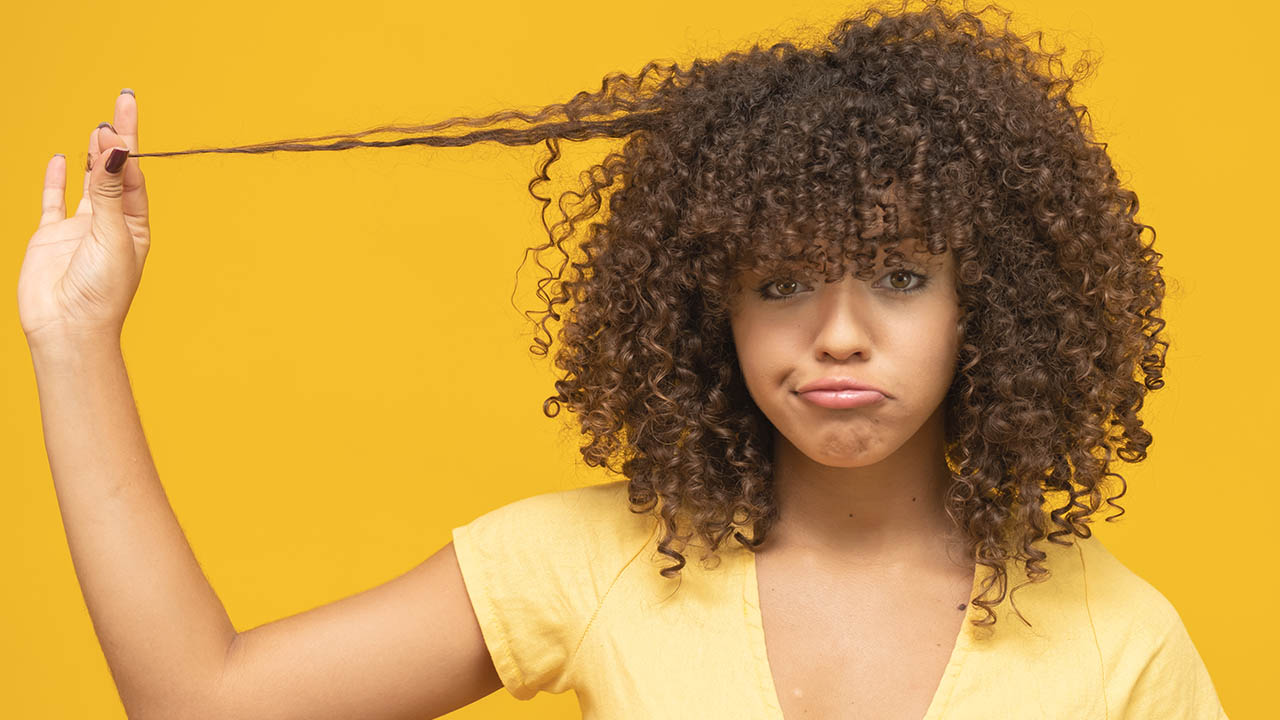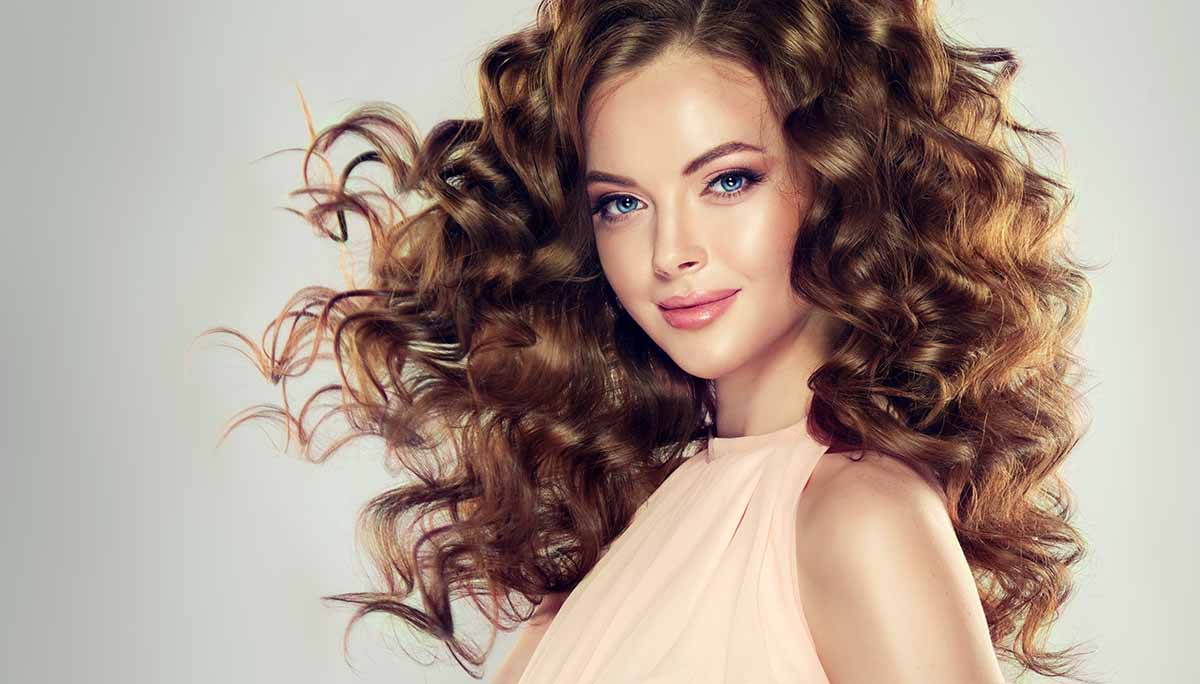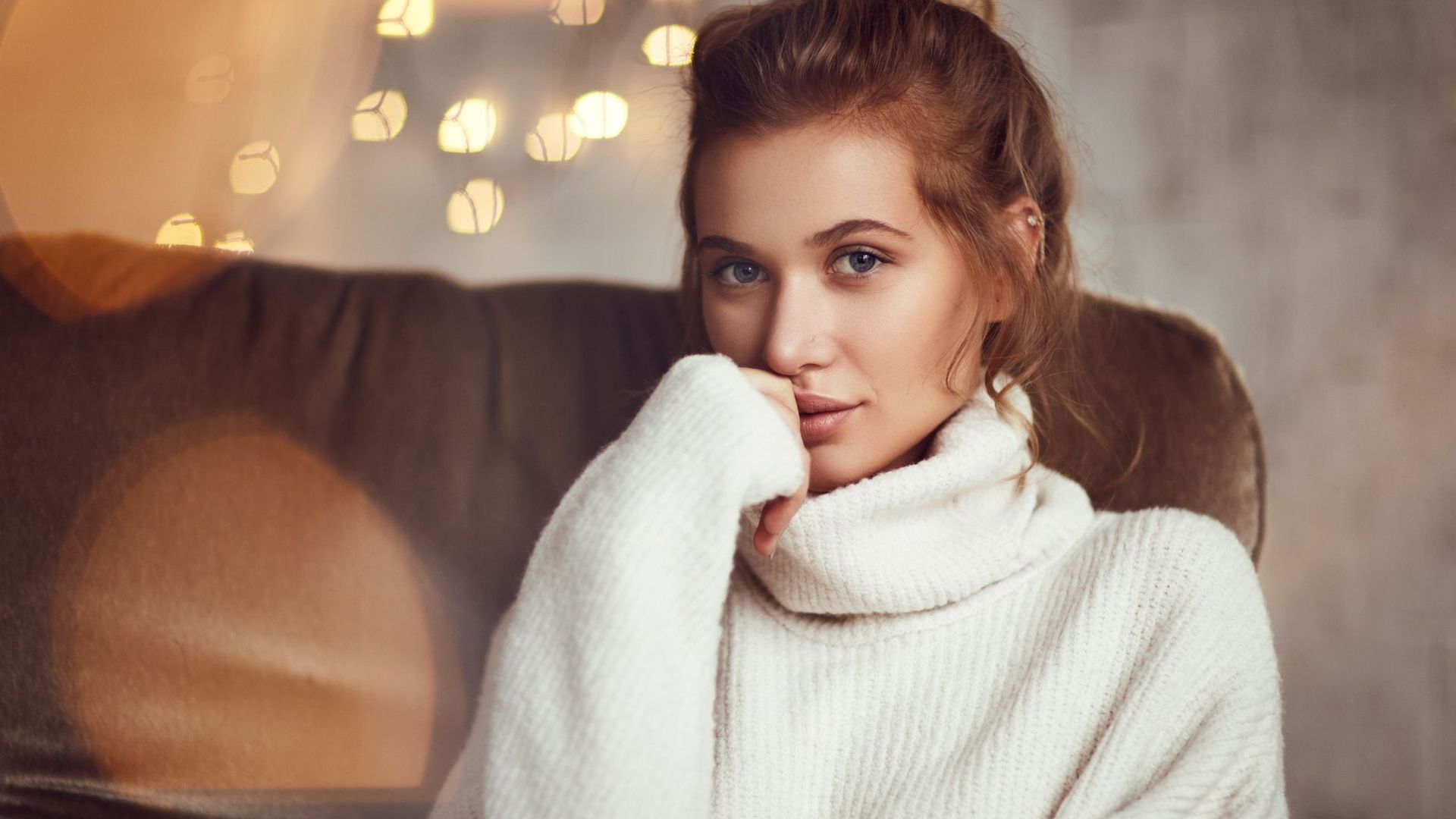Fake freckles have become a coveted beauty trend, adored for their ability to mimic the sun-kissed speckles naturally bestowed by the sun. Unlike natural freckles that are the result of genetics and sun exposure, fake freckles offer a temporary way to sprinkle one’s face with these charming spots. This beauty trend celebrates the uniqueness and appeal of freckles, allowing anyone to adopt this endearing feature regardless of their natural skin type.
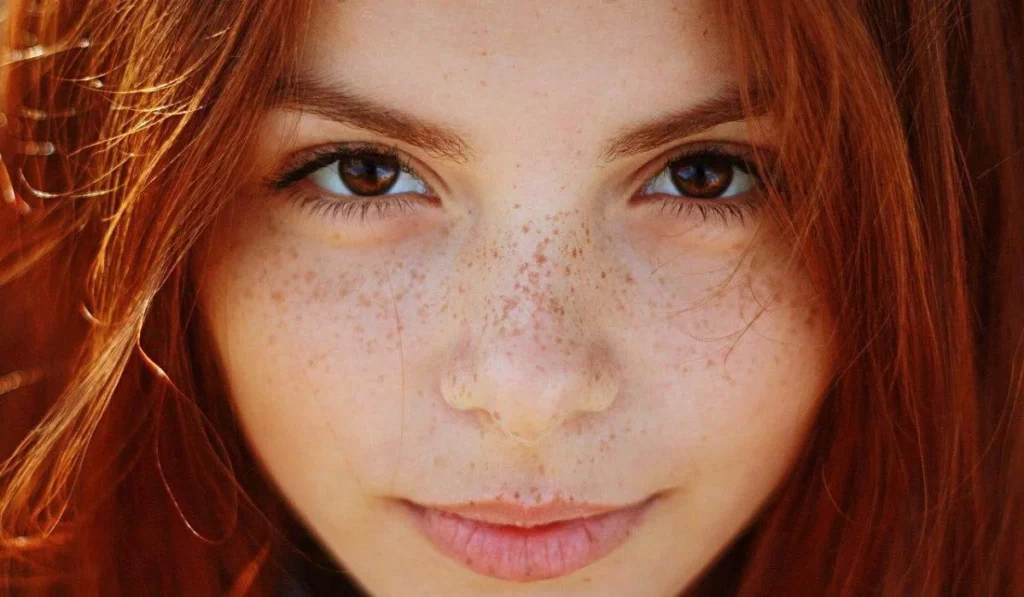
Tools and Materials Needed
Creating fake freckles that look authentic requires more than just a brown eyeliner. The choice of products is crucial; for a believable effect, opt for waterproof, smudge-proof pens or pencils in colors that complement your skin tone. Additionally, fine brushes or sponges can help in blending and achieving the perfect dot size.
Step-by-Step Guide to Creating Fake Freckles
Preparing Your Skin
Begin with a clean, moisturized face. A smooth canvas is key to ensuring your fake freckles adhere well and look part of your skin.
Technique for Natural-Looking Freckles
Dot the product lightly across the nose and cheekbones, where the sun naturally hits. Vary the size and density of the dots for a more realistic look, and gently tap them with your fingertips or a sponge to blend them into the skin.
Setting Your Freckles
To ensure longevity, lightly dust a setting powder over your freckles. This step prevents them from smudging and helps integrate them seamlessly with the rest of your makeup.
Different Methods for Creating Fake Freckles
Using Eyeliner or Brow Pencil
A fine-tipped eyeliner or brow pencil can provide the precision needed for creating small, defined dots. Choose a color that mimics natural freckles and lightly apply it to the desired areas.
Freckle Stencils and Stamps
For those seeking an easier application, freckle stencils and stamps offer a quick way to achieve a freckled look. Simply apply the product to the stencil or stamp and press onto the skin.
Using Henna for Semi-Permanent Freckles
Henna provides a semi-permanent option for those looking to enjoy their fake freckles for longer. However, practice caution with this method, as it requires a certain skill level and understanding of henna application.
Tips for Achieving a Natural Look
Color Matching
Choosing the right color is essential. Opt for hues that naturally occur in freckles, considering your skin tone for the best match.
Placement and Size Variation
Randomness is key. Freckles naturally appear in an unpredictable pattern, so avoid creating uniform dots. Mix up the placement and size for authenticity.
Maintaining and Removing Fake Freckles
How to Make Them Last
To extend the wear of your fake freckles, avoid touching your face and apply a setting spray after completing your makeup.
Removing Freckles Safely
When you’re ready to remove your freckles, gently cleanse your face with a makeup remover. Opt for products that are kind to your skin to avoid irritation.
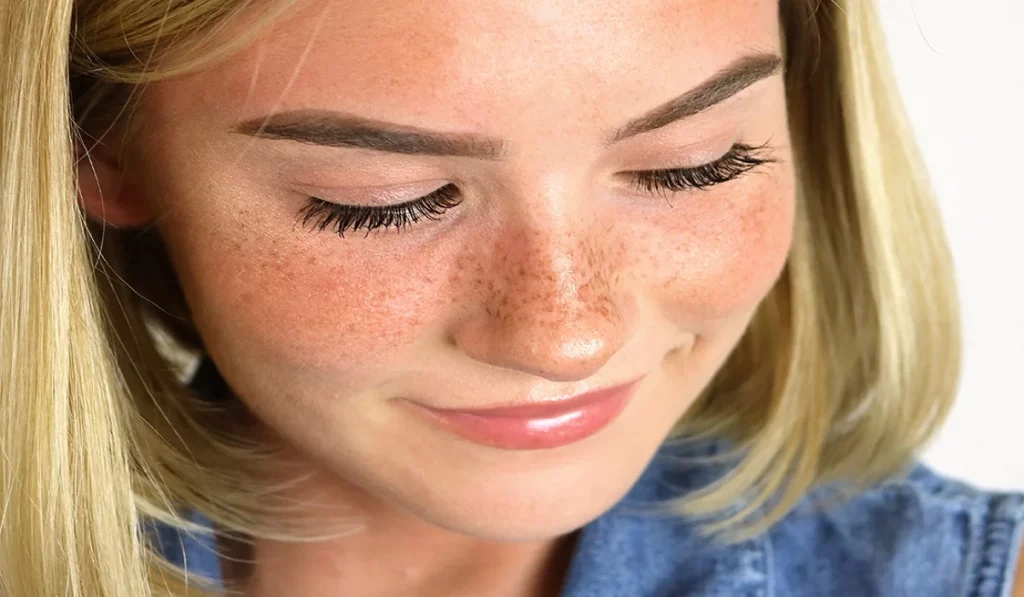
Common Mistakes to Avoid
Overapplication
Less is often more. Start with a few dots and gradually add more if needed. Overdoing it can quickly take your freckles from natural to noticeable makeup.
Wrong Color Selection
Using a color that’s too dark or too light can make your freckles look unnatural. Test different shades to find the perfect match for your skin tone.
How to Make Fake Freckles for Different Skin Tones
Creating fake freckles that look natural on any skin tone involves selecting the right color and adjusting the application technique accordingly. For lighter skin, softer browns or taupes work well, whereas richer, deeper browns suit darker skin tones.
Incorporating Fake Freckles into Your Makeup Routine
Fake freckles can enhance your natural beauty and add a playful element to your makeup. Pair them with a light foundation or BB cream to keep the focus on your freckles, and choose complementary eye and lip colors to complete the look.
Advantages of Fake Freckles
Adding fake freckles can instantly refresh your appearance, giving you a youthful, radiant look. They also offer the flexibility to change your look without permanent alterations.
Case Studies: Celebrities with Iconic Freckles
Celebrities like Meghan Markle and Emma Watson have embraced their natural freckles, inspiring others to do the same or recreate the look with makeup.
Creating fake freckles is an art that requires the right tools, techniques, and a bit of practice. Whether you’re aiming for a subtle, sun-kissed effect or a bold, statement look, the key is to strive for naturalness and harmony with your overall makeup. Embrace the process and don’t be afraid to experiment with different methods and products until you find what works best for you. After all, beauty is about expressing your unique self, and fake freckles are just another fun way to do so.
FAQs on Fake Freckles
- How long do fake freckles last?
- Can fake freckles look natural?
- Are there any risks associated with creating fake freckles?
- How can I remove fake freckles without harming my skin?
- Can I create fake freckles if I have acne-prone skin?
- What’s the best product for creating fake freckles?

